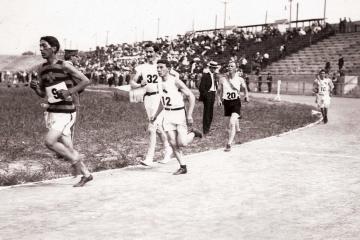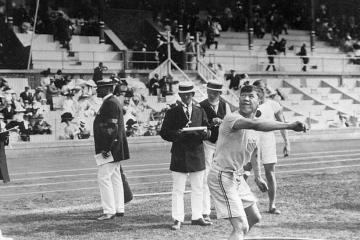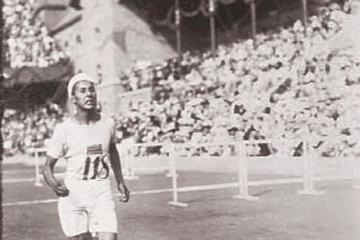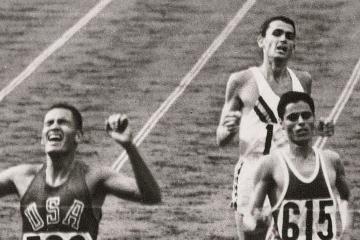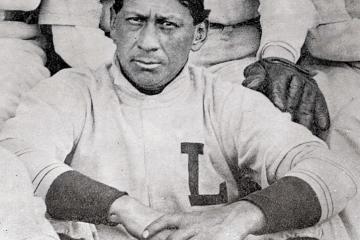Issues Background

On the Cover
In 2001, Wheaties honored the accomplishments of legendary Sac and Fox athlete Jim Thorpe by releasing a commemorative cereal box with his image on the front. Smithsonian magazine selected this object as its “National Treasure” in the June/July 2012 issue.
Jim Thorpe Commemorative Wheaties Box, autographed by his daughter Grace Thorpe. 2.8" x 8.3" x 12.1". National Museum of the American Indian, 26/4641.

